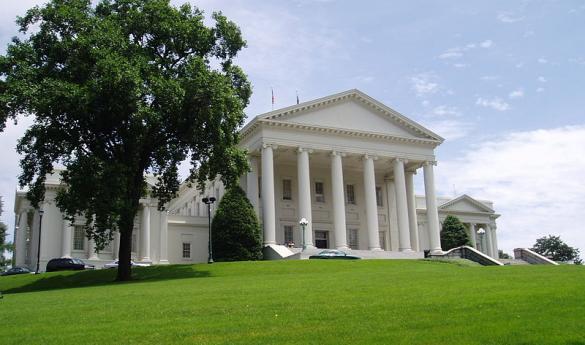Proposed state budget could provide support to Mason’s growing financial aid problem
Every year, Virginia undergraduates who demonstrate financial need get a part of their tuition covered by the student financial assistance program (VSFAP).
The amount of money allocated to financial need students has actually been rising steadily over the past few years. In 2007, $108 million was slated for the program, and about $150 million was allocated in 2012.
But there’s a problem, the amount of funding designated for needs-based aid hasn’t kept up with the increase in students who are enrolling in Virginia colleges. In fact, VSFAP has covered 30 percent less of the cost of a secondary education today than it did in 2007.
Virginia21, a non-profit lobbying group that focuses on state higher education issues, has started a campaign to increase funding to accommodate the growing amount of students. The campaign hopes to raise the level of funding neccesary to maintain current levels of affordability, which would require an additional $25 million to what is already proposed in the current state budget.
Of course, every undergraduate student body is different. According to data provided by the SCHEV, financial aid covers about 76 percent of financial need at the University of Virginia and 62 percent at the College of William & Mary. Sometimes this is because schools have larger endowments or enroll less economically disadvantaged students.
In comparison, financial aid only covers 36 percent of need at Mason – the second lowest among Virginia public universities.
Accordingly, not all VSFAP funds are allocated equally among Virginia’s universities. For example, the State Council of Higher Education recommended that Mason receive an additional $450,000 from the program to help cover the growing amount of need, while they recommended that UVa should not receive any additional funds.
Here is a chart that explains the differences between how much was recommended towards financial aid and how much each school is actually receiving for both 2014 and 2015:
For example, Mason is receiving 6.7 times the amount it was recommended to receive from SCHEV. In dollars, that's an additional $6.3 in aid over the next two years. In comparison, Old Dominion University is only receiving 15 percent of what was recommended, or $200,000 over two years.

